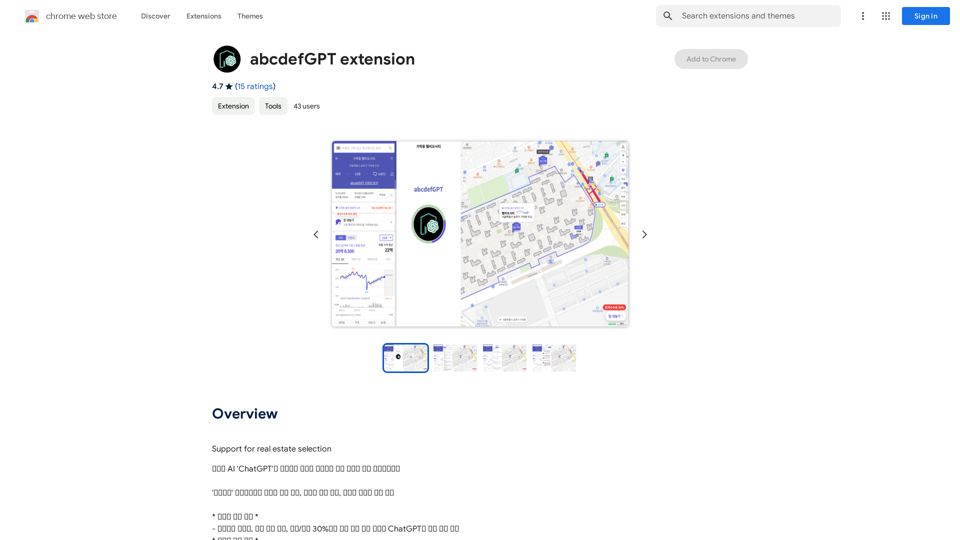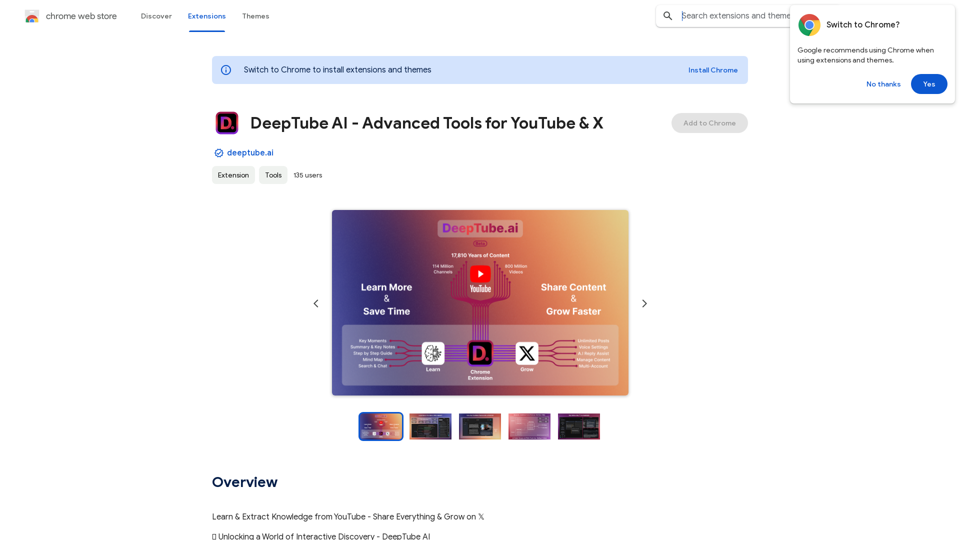iLikeIMG offers AI-powered image tools that enhance and transform images using advanced technology. Users can access a variety of features, including image upscaling, face swapping, and essential editing tools, all designed to improve image quality and streamline workflows. The platform is free to use, with options for premium features.
ilikeimg - AI-Powered Image Tools | Free Online Photo Editor
Free online tools to convert, crop, compress, resize, and enhance your images. No registration required for basic features.
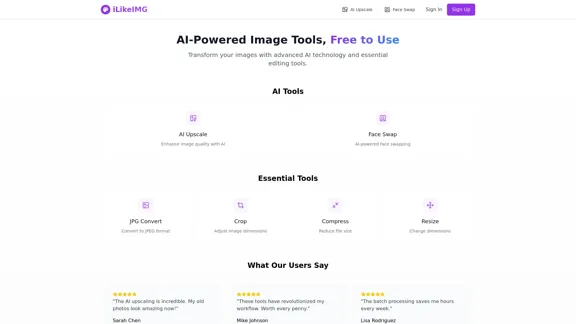
Introduction
Feature
-
AI Upscale
Enhance image quality with AI technology that adds detail and improves clarity while maintaining a natural appearance.
-
Face Swap
Utilize AI-powered face swapping to create fun and engaging images by seamlessly replacing faces in photos.
-
Basic Tools
Access essential editing tools such as JPG conversion, image compression, cropping, and resizing to meet various image editing needs.
-
Batch Processing
Save time with batch processing capabilities, allowing users to edit multiple images simultaneously.
-
Daily Credits
Users receive daily credits for processing images, which reset based on the selected plan.
-
Data Security
iLikeIMG employs enterprise-grade encryption and automatically deletes images after processing to ensure user data is secure.
How to Use?
- Sign up for an account to access premium features and daily credits.
- Explore the AI tools available, such as AI Upscale and Face Swap, to enhance your images.
- Use the batch processing feature to edit multiple images at once, saving time and effort.
- Familiarize yourself with the basic tools for quick edits, including cropping and resizing.
- Regularly check your daily credits to maximize the use of AI tools.
FAQ
What are credits?
Credits are used for processing images on the platform. They reset daily and vary based on your subscription plan.
How does AI upscaling work?
The AI technology analyzes images to add detail and enhance quality while preserving a natural look.
Can I cancel anytime?
Yes, users can cancel their premium subscription at any time and will retain access until the end of the billing period.
Is my data secure?
iLikeIMG uses enterprise-grade encryption and automatically deletes processed images to ensure data security.
What tools are available for free?
The free plan includes basic image tools and limited access to AI features, providing users with essential editing capabilities.
Price
| Plan | Features | Price |
|---|---|---|
| Free | Basic image tools, 50 credits daily | $0 Forever |
| Premium | All basic tools, AI-powered features, 200 credits daily, priority processing | $4.99/month |
The price is for reference only, please refer to the latest official data for actual information.
Evaluation
- iLikeIMG effectively combines AI technology with essential image editing tools, making it accessible for users of all skill levels.
- The AI upscaling and face swap features are particularly impressive, providing high-quality results that enhance user images.
- While the free plan offers valuable tools, the limitations may prompt users to consider the premium subscription for more extensive features.
- The platform could improve by offering more advanced editing options and additional AI tools to cater to professional users.
- Overall, iLikeIMG is a user-friendly solution for image editing, but expanding its features could enhance its appeal to a broader audience.
Latest Traffic Insights
Monthly Visits
0
Bounce Rate
0.00%
Pages Per Visit
0.00
Time on Site(s)
0.00
Global Rank
-
Country Rank
-
Recent Visits
Traffic Sources
- Social Media:0.00%
- Paid Referrals:0.00%
- Email:0.00%
- Referrals:0.00%
- Search Engines:0.00%
- Direct:0.00%
Related Websites
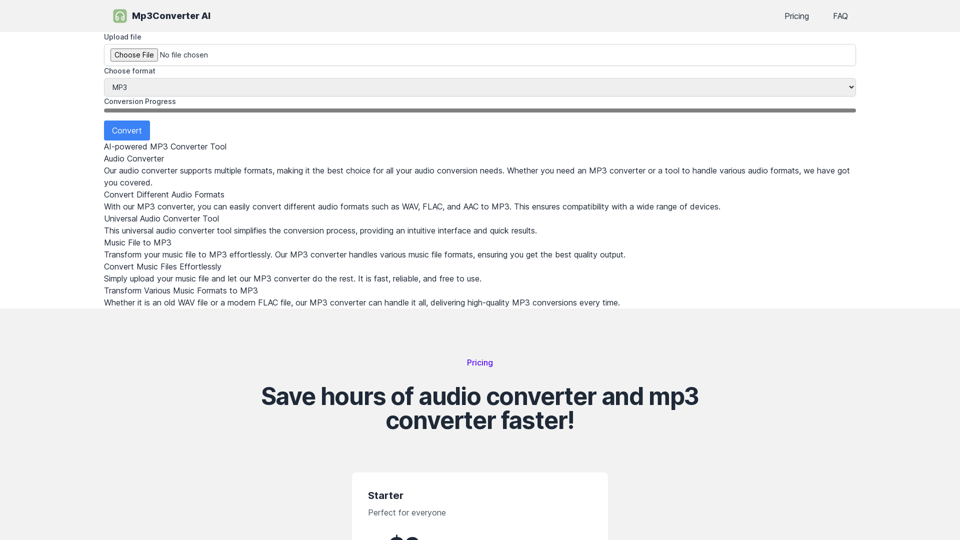
Experience high-quality, efficient audio conversions with our AI-powered MP3 Converter. Convert any format to MP3 with unmatched speed and precision. Transform your audio effortlessly!
0
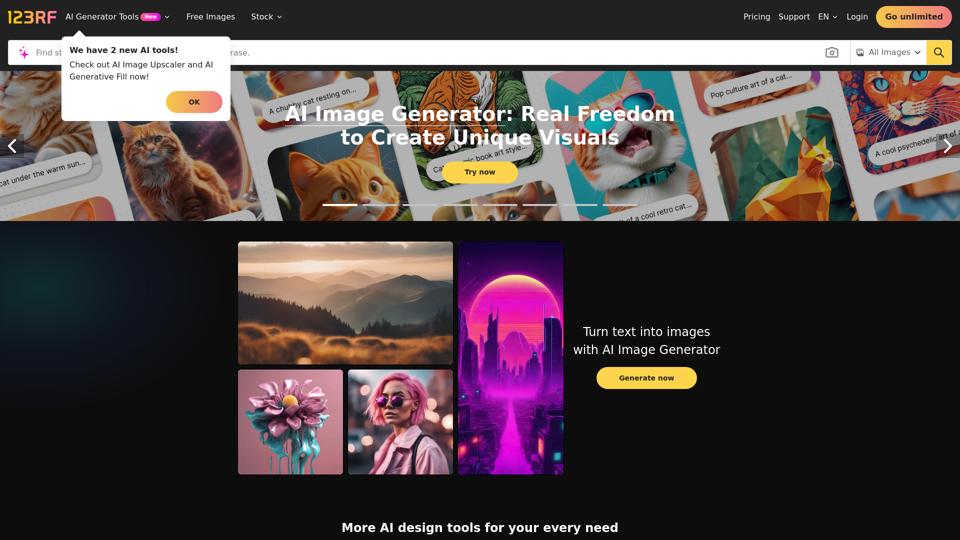
Stock Photos, Vectors and Royalty Free Images from 123RF
Stock Photos, Vectors and Royalty Free Images from 123RFSearch and download from millions of HD stock photos, royalty-free images, clipart, vectors, and illustrations
9.66 M

AI Describe Image & Picture Online, Free Trial This title describes an online service that uses artificial intelligence to analyze and describe images or pictures. The service offers a free trial period for users to test its capabilities. The AI technology can likely generate text descriptions of the visual content in uploaded images, helping users understand or categorize their pictures automatically.
AI Describe Image & Picture Online, Free Trial This title describes an online service that uses artificial intelligence to analyze and describe images or pictures. The service offers a free trial period for users to test its capabilities. The AI technology can likely generate text descriptions of the visual content in uploaded images, helping users understand or categorize their pictures automatically.Describe Image AI: Accurately describe images online using AI. Our image describer generates image descriptions, AI picture descriptions, text extraction, social media captions, and prompts for Midjourney & StableDiffusion. Free Trial!
5.16 K
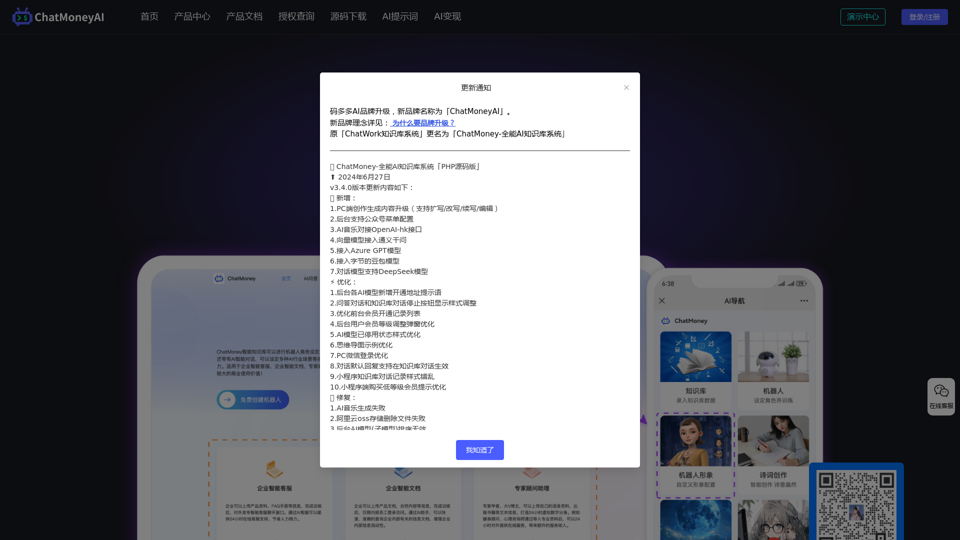
ChatMoney, ChatMoney AI, AI Monetization, CodeMood, CodeMood AI, AI Chat, AI Knowledge Base, AI Painting, ChatMoney was born for AI monetization.
ChatMoney, ChatMoney AI, AI Monetization, CodeMood, CodeMood AI, AI Chat, AI Knowledge Base, AI Painting, ChatMoney was born for AI monetization.Here is the translation in English, keeping the original format: ChatMoney, ChatMoneyAI, CodeMore AI, CodeMore, AI Source Code, ChatAI, ChatWork, Intelligent Chat System, Knowledge Base System, Painting System, Stable Diffusion, Midjourney, AI Chat, AI Knowledge Base, AI Painting, AI System.
0
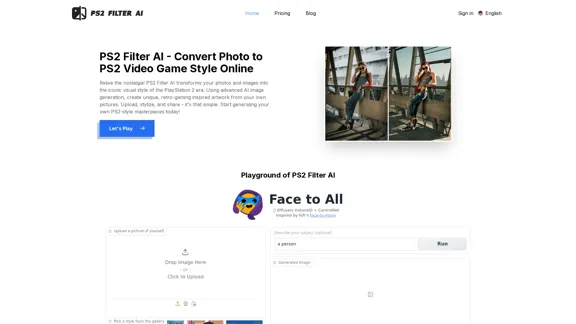
PS2 Filter AI - Convert Photo to PS2 Video Game Style Online With AI, Free Trial
PS2 Filter AI - Convert Photo to PS2 Video Game Style Online With AI, Free TrialPS2 Filter AI transforms your photos into iconic PlayStation 2 style graphics. 🎮
7
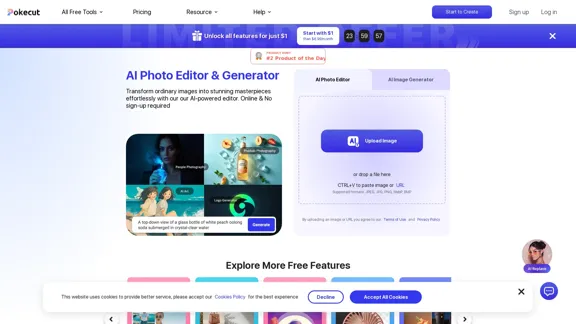
Free AI Photo Editor: Edit and Create Images Online
Free AI Photo Editor: Edit and Create Images OnlinePokecut is an AI-powered photo editor that transforms ordinary images into stunning masterpieces effortlessly. Remove backgrounds, enhance photos, and generate images online without signing up.
772.96 K
